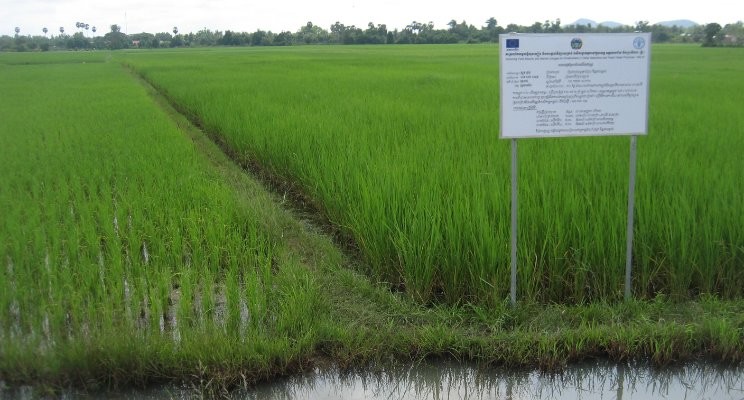
The science and tradition underlying rice field fish culture. Important lessons for potential mitigation of greenhouse impafor Cambodian agriculture.
http://www.ncbi.nlm.nih.gov/pmc/articles/PMC3250166/

http://www.ncbi.nlm.nih.gov/pmc/articles/PMC3250166/
Senior Policy Advisor Food and Nutrition at Nutrition International
7yThink about this quote from the article posted... Today, rice is the main ingredient in the daily diets of about 3 billion people. More than 90% of worldwide rice production occurs in developing nations, which are also the regions with the highest rates of population growth, and therefore, rice production is expected to increase (5). However, paddy rice is also the leading agricultural source of greenhouse gases, partly because of excess fertilizers but also because of the unique ability of rice paddies to pump methane into the atmosphere. When paddies are submerged, methanogenic bacteria become active, and the rice stalks enable the gas to vent into the atmosphere. This effect is unique to rice. Currently, methane accounts for about 20% of the global greenhouse effect, of which about one-half comes from flooded rice paddies (6). As a greenhouse gas, methane is ∼25 times more potent than carbon dioxide (7). However, this finding underestimates the contribution of methane to the climate problem, because its interaction with aerosols increases its activity; also, its relatively short residence time in the atmosphere makes it especially sensitive to corrective intervention (8). There is also a synergistic effect, because increased amounts of atmospheric CO2 are predicted to stimulate methane emissions from rice paddies (9). Because the soil methanogens quickly become dormant when the paddies are drained, emissions can be reduced by decreasing the amount of time that the paddies are submerged. However, this method has not been widely adopted.